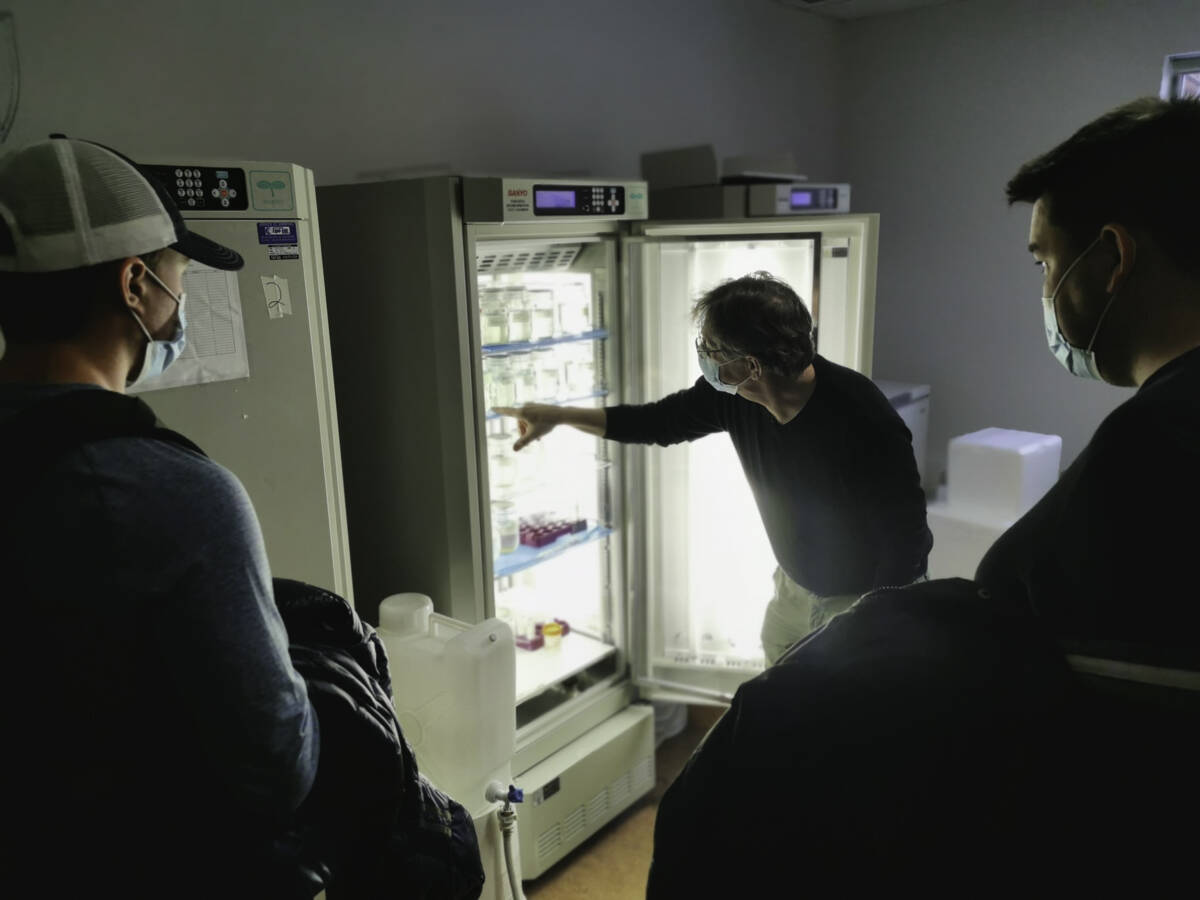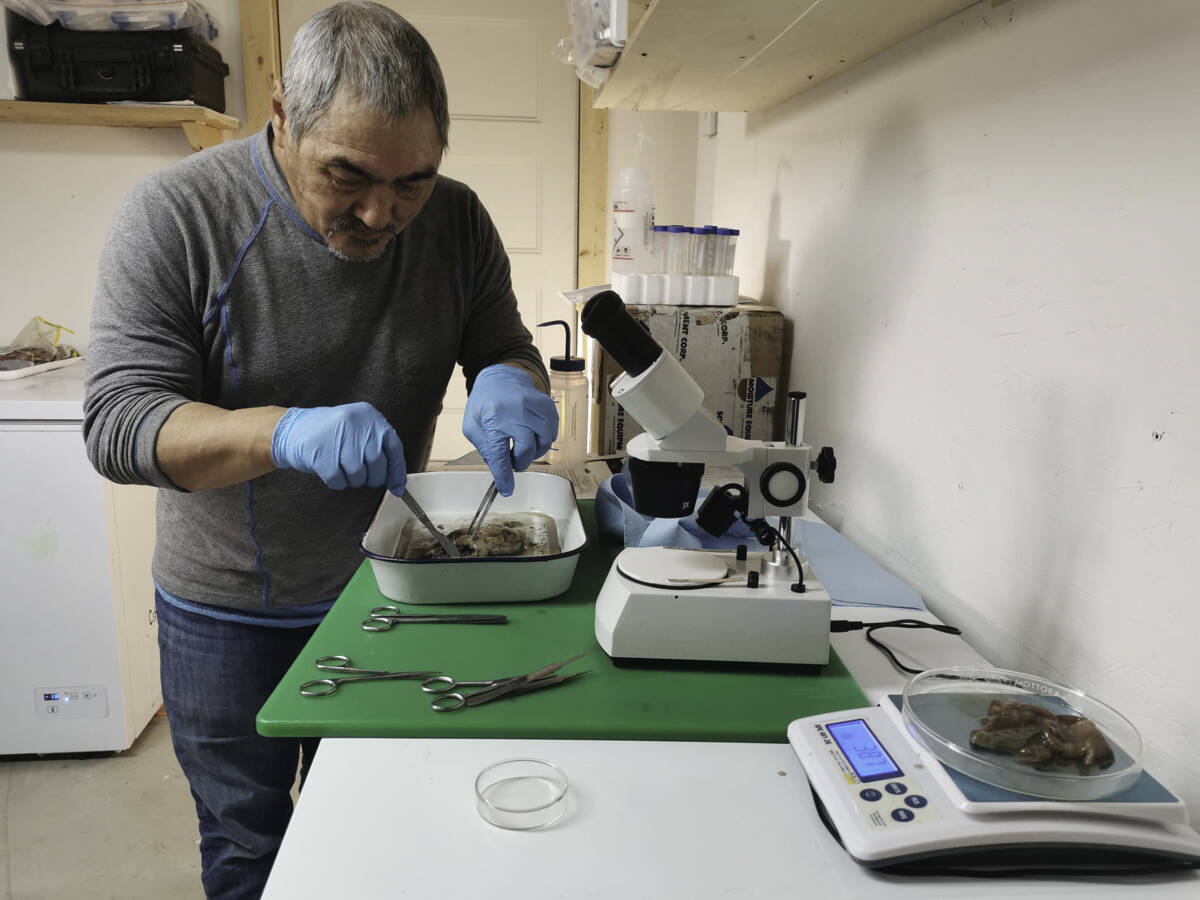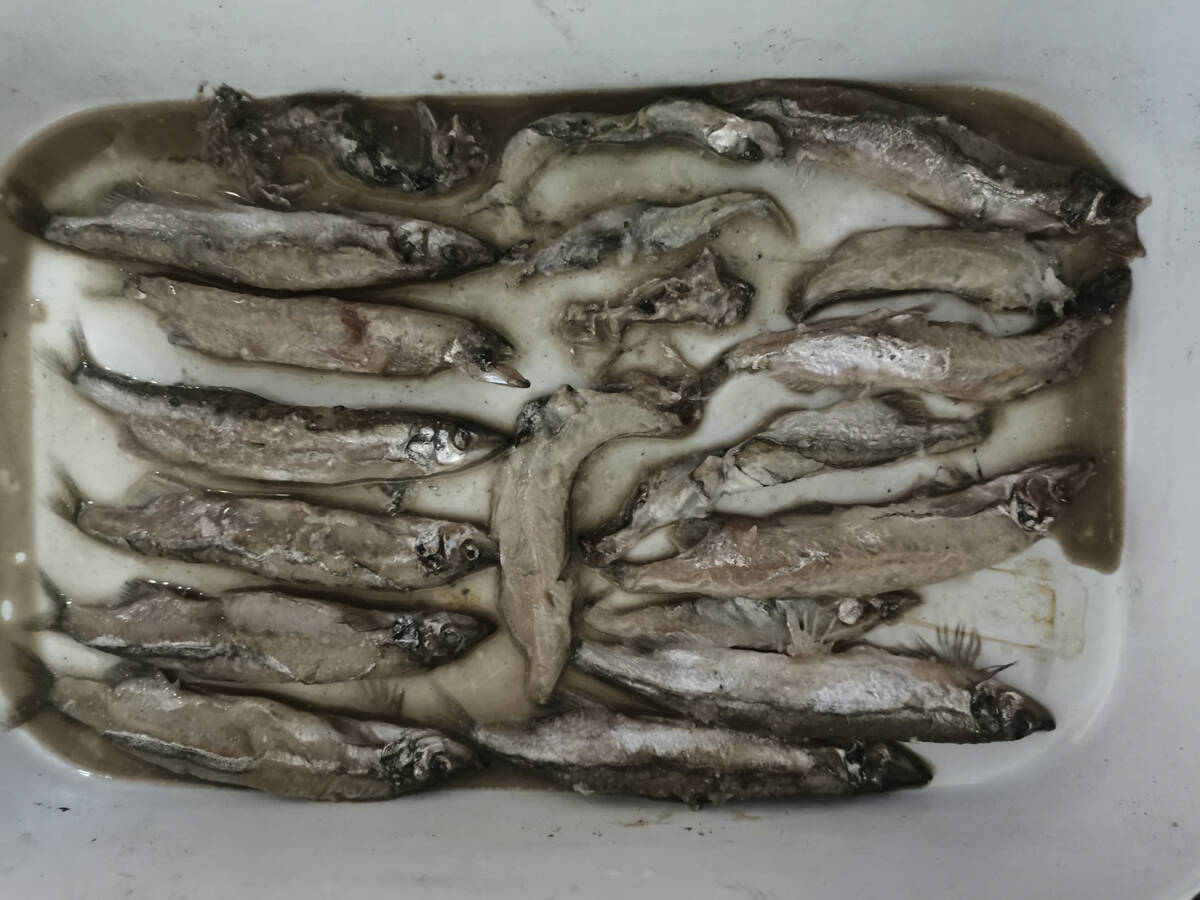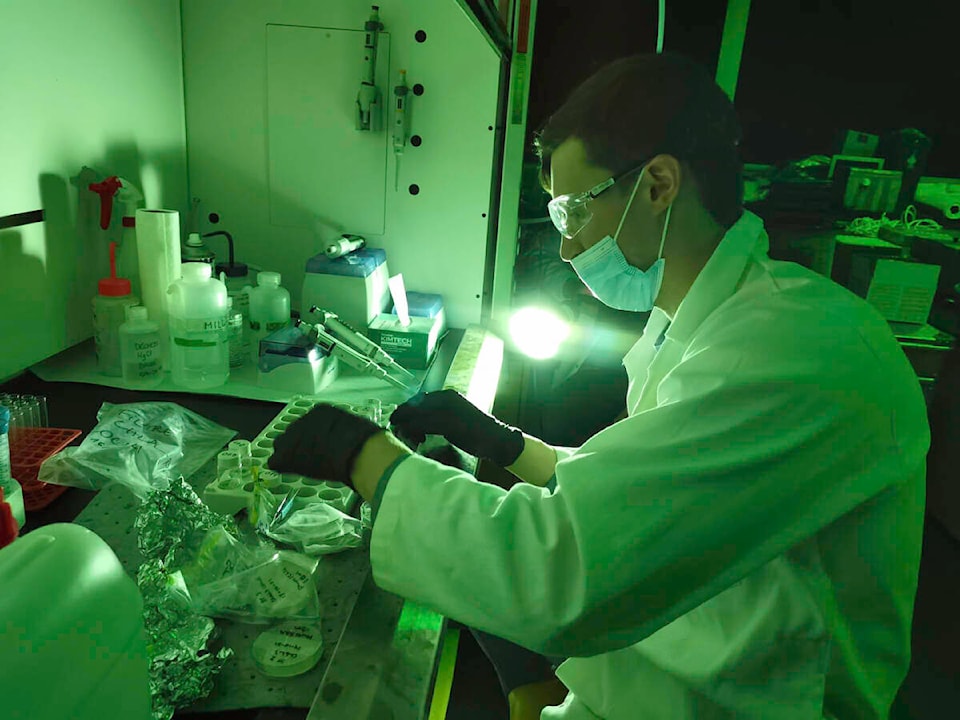A shorter season for sea ice along the Hudson Bay means the bottom of the marine ecosystem’s food chain appears to be changing, according to research led by the Kivalliq Wildlife Board.
“We’re finding out that the sea ice is melting earlier in the spring and forming up later in the fall,” said Vincent L’Hérault, director of ArctiConnexion, which is working with the KWB to study the ecosystems in the region.
“It creates a longer summer, a longer ice-free season.”
That means the season for phytoplankton, a tiny organism in the Hudson Bay waters, is extended, while the season for sea algae, which live on the bottom of sea ice, has shrunk.
In turn, the researchers are seeing a “reorganization” of the marine ecosystem from one based on sea algae to one based on phytoplankton.
That has effects rippling upward, such as contributing to capelin replacing arctic cod in the diet of seals and beluga.
Back 50 to 100 years ago, the ecosystem was based more on the ringed seal feeding on arctic cod, which fed on small organisms that grazed on sea algae, “so there is a switch,” said L’Hérault.
Clayton Tartak, research coordinator with the KWB, spearheaded this collaboration and knows well that ringed seal populations have appeared to be dwindling in the Kivalliq.
“There were more seals when I was a kid,” he said, adding that population decline is also believed to be linked to the over-abundant polar bear population along the western Hudson Bay coast.
His project is also studying caribou in the region, and the unique thing about the research effort is all the data collected is owned by the KWB.
“It’s important for us to be able to conduct, analyze and report our own findings,” said Tartak, adding that the work is confirming on-the-land knowledge.
“Because we’re working with people that are out on the land every day, we’re not discovering anything new, per se. We’re just doing what we normally do, and documenting it in a scientific manner.”
His project, which received a $600,000 grant in 2020, has snowballed over the past six months. He’s thankful for the Nunavut Research Institute for offering some of their lab space for the program.
“We were literally doing scientific research and collection sometimes out of our offices,” said Tartak about the work before the institute stepped up.
Work is also underway on an animated video that will sum up a large catalogue of literature in a more digestible format.
The team brought marine samples to a lab in Quebec in December, and the results of those samples will be reported back to the KWB this year.
L’Hérault said it’s important for these sorts of projects to continue.
“You cannot just say in one year ‘oh this is climate change.’ You have to measure things across time.”



